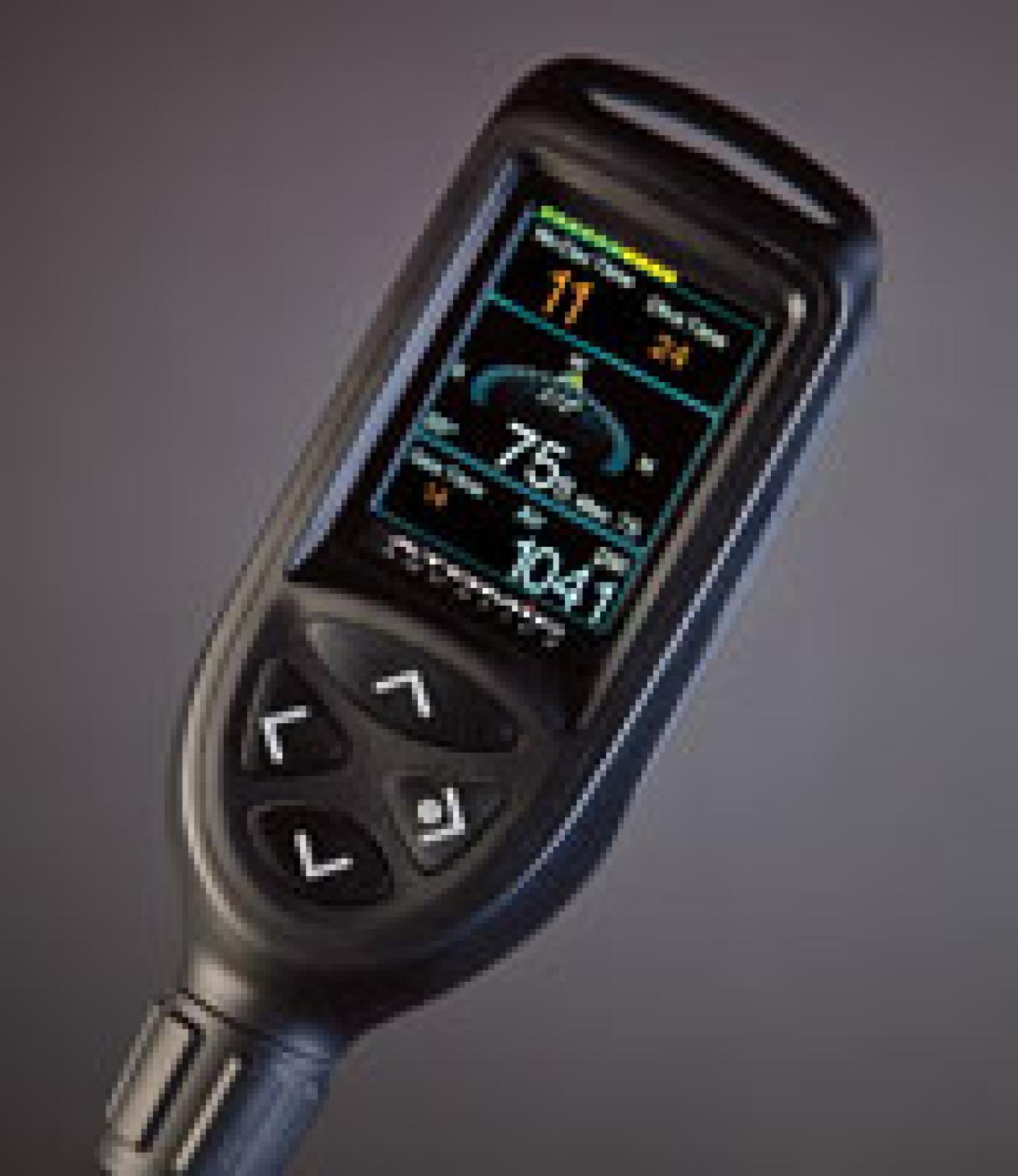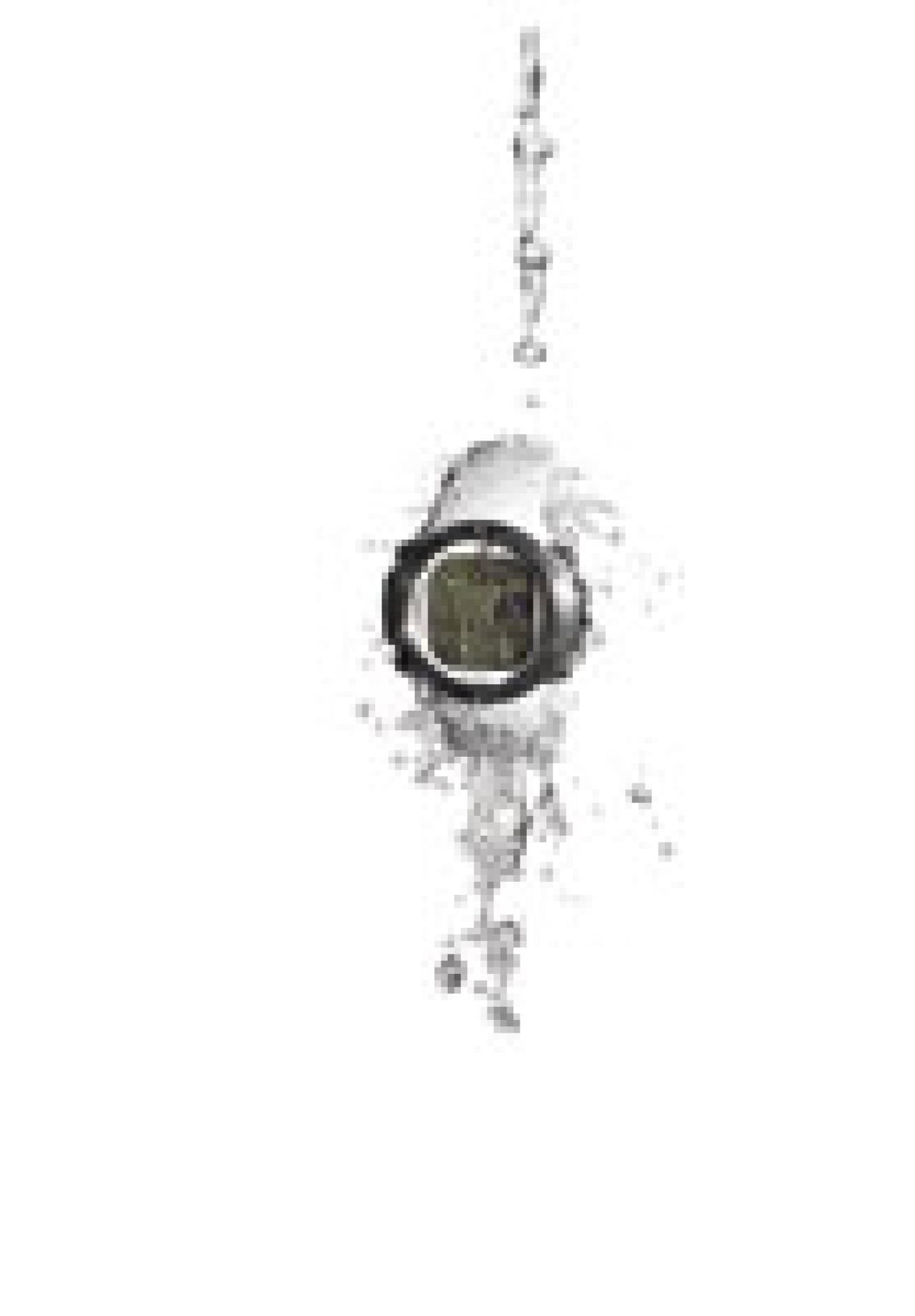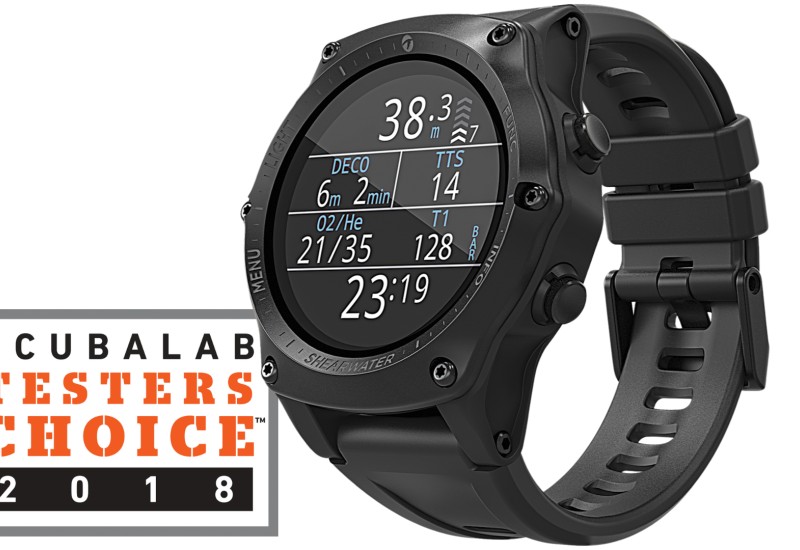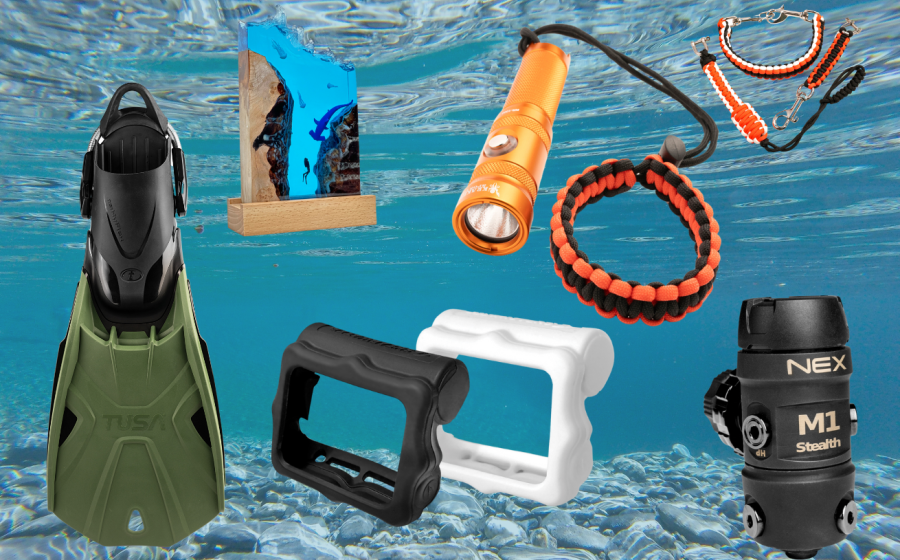What To Look For in a Dive Computer
When it comes to dive computers, you have lots of choices. Starting in the budget aisle and marching toward “money’s no object,” you can opt for a simple nodecompression-limits tracker for casual diving or a multigas computing powerhouse. You can wear a dive computer on your forearm, clip it to your BC or do the console thing; you can add a compass, lose a hose, or combine it all in an elegant wristwatch.
In other words, the sky’s the limit in the world of dive-data crunchers. How do you know what's right for you? Look for these four features to help you narrow down your choices.
» DATA DISPLAYS
The size and positioning of critical data digits, the use of graphics and color, and choices in screen design can make a big difference in being able to read and understand what your DC is telling you. This feature is found in DCs such as the Mares Icon HD/AI, pictured below.
** » E-Z NAVIGATION**
DCs that have adopted a simple menu design accessed by intuitive buttons or magnetic push-pads have virtually eliminated the need for an owner’s manual. This feature is found in DCs such as the Atomic Aquatics Cobalt, pictured below.

» NITROX & MULTIPLE GAS MIXES
All modern DCs are capable of programming up to 50 percent nitrox. But some DCs let divers program mixes up to 100 percent oxygen, and switch between two or three gases while at depth. This feature is found in DCs such as the Suunto D6i, pictured below.

» AIR INTEGRATION
Air-integrated computers provide psi data along with desaturation data. There is the “hoseless” style that uses a transmitter threaded into a first stage HP port, and there is the more-traditional console style. This feature is found in DCs such as the Subgear XP-H, pictured below.











